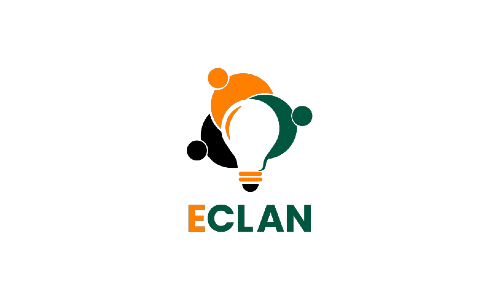In today’s dynamic business landscape, the importance of digital assets for small businesses cannot be overstated. Daniel Priestley’s seminal work, “24 Assets,” provides a comprehensive framework for understanding and leveraging these assets to drive sustainable growth. This article delves into the types and values of digital assets for small businesses, drawing upon Priestley’s insights to guide small business development professionals.
Understanding Digital Assets
In “24 Assets,” Priestley categorizes assets into several types, including digital, physical, intellectual, and financial. Among these, digital assets stand out for their scalability and efficiency. Digital assets refer to any online resource that a business controls and which adds value to the business. These include websites, digital content, online customer databases, software, and social media profiles.
Types of Digital Assets
- Websites and E-commerce Platforms: These are the digital storefronts for businesses,
providing a platform for transactions and brand representation. - Social Media Accounts: Platforms like Facebook, LinkedIn, and Instagram allow businesses
to engage with their audience, build brand awareness, and drive sales. - Content Assets: This includes blogs, videos, podcasts, and infographics that educate, inform,
and engage potential customers. - Customer Relationship Management (CRM) Systems: Digital tools that manage customer
interactions and data, facilitating better customer service and retention strategies. - Intellectual Property Online: This involves digital patents, trademarks, and copyrights which
protect a business’s unique ideas and creations online.
Value of Digital Assets
Enhancing Visibility and Brand Awareness
Digital assets, particularly websites and social media profiles, serve as critical tools for enhancing a business’s visibility. In the digital age, a significant portion of customer discovery happens online. By effectively utilizing these assets, businesses can reach a wider audience, build a strong brand presence, and establish credibility in their market.
Streamlining Operations and Reducing Costs
Digital tools such as CRM systems and automated software streamline business operations, reduce manual labour, and enhance efficiency. This operational efficiency not only cuts costs but also improves customer experiences, leading to higher satisfaction and loyalty.
Facilitating Scalability
One of Priestley’s key assertions is the scalability of digital assets. Unlike physical assets, digital assets can often be scaled up without a corresponding increase in costs. For example, once a high-quality piece of content is created, it can be shared across multiple platforms reaching thousands, if not millions, of people, with minimal additional expense.
Data-Driven Decision Making
Digital assets are invaluable for gathering and analysing customer data. Small businesses can leverage this data to make informed decisions, tailor their offerings, and improve their market strategies.
Competitive Edge
In a marketplace where differentiation is key, digital assets allow small businesses to stand out. By creating unique content, engaging social media strategies, or innovative online services, businesses can carve a unique position in the market.
Implementing Digital Assets in Business Strategy
Priestley’s model emphasizes the integration of these assets into the broader business strategy. It’s not just about having a website or social media presence; it’s about how these assets align with and support the business’s goals, values, and customer engagement strategies.
Challenges and Considerations
While the benefits are significant, small businesses must also navigate challenges such as digital asset management, security, and ensuring that their online presence aligns with their brand values. Additionally, the digital landscape is ever-evolving, requiring businesses to stay updated with trends and technologies.
Remember digital assets are not just supplementary tools but fundamental elements for small business growth in the modern economy. Priestley’s “24 Assets” provides a roadmap for understanding and leveraging these assets effectively. For small business development professionals, the key is to integrate digital assets into a holistic strategy that encompasses all aspects of business operations, from marketing to customer engagement and operational efficiency. By doing so, small businesses can enhance their competitiveness, operational efficiency, and market presence, paving the way for sustained growth and success in an increasingly digital world.







